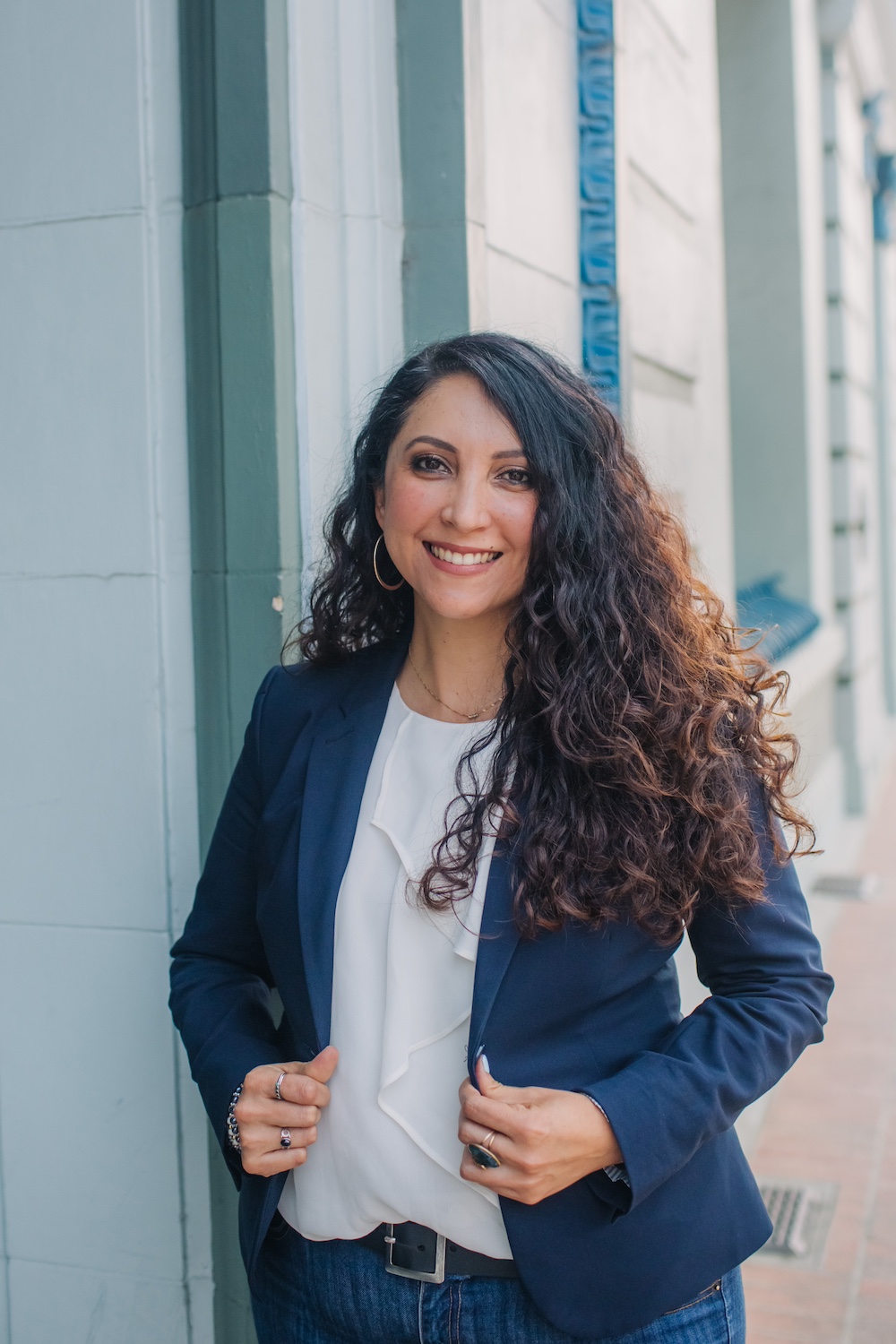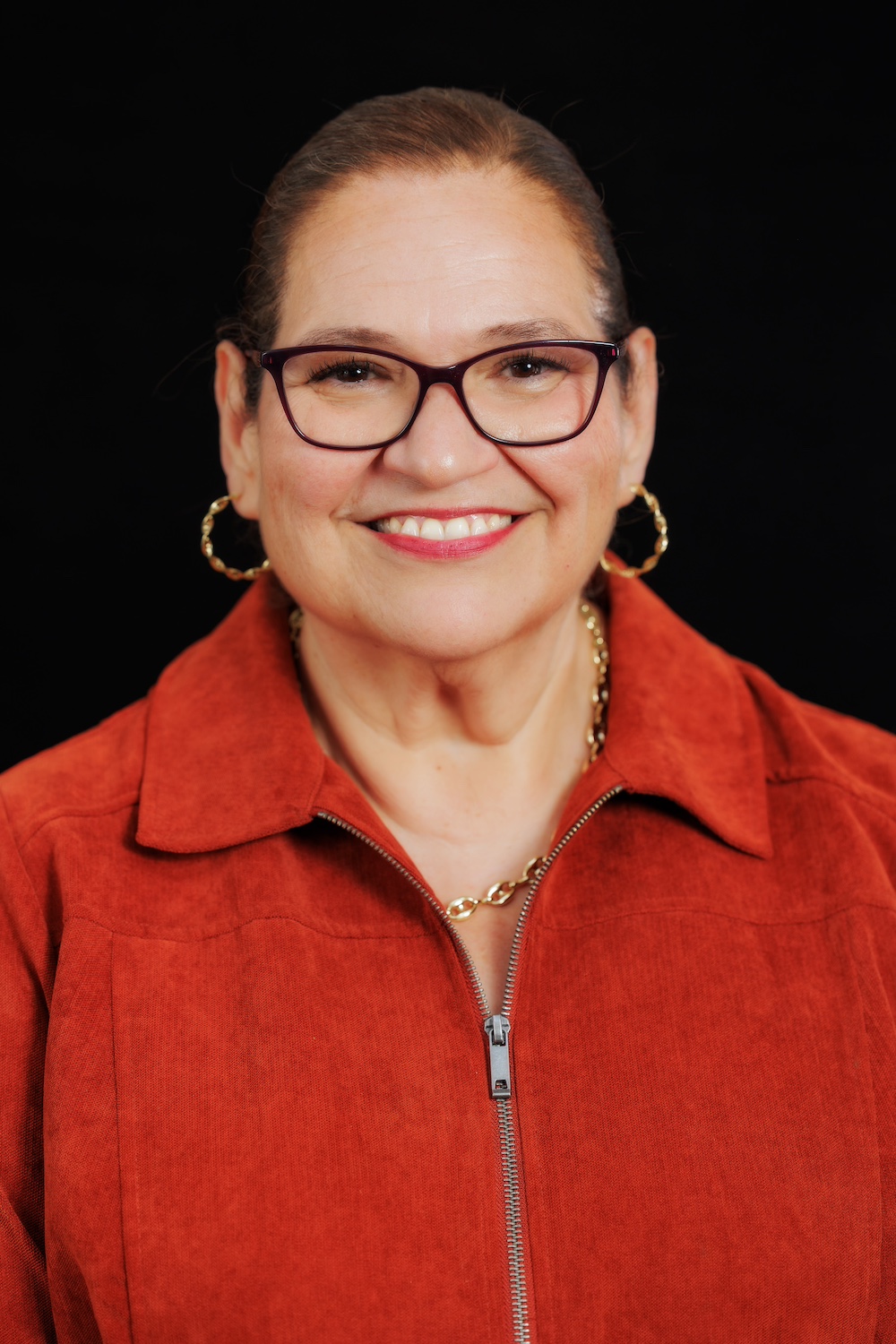
The Pajaro River cuts between Santa Cruz County (left) and Monterey County (right) past Pajaro and Watsonville before emptying into the Pacific Ocean. (Image: Robert Campbell/Wikimedia Commons)
Following last year’s flooding, 79 percent of Pajaro, California, residents experienced temporary displacement, and 16 percent experienced permanent displacement. Yet, there was a silver lining amid the devastation, and it’s all thanks to community building. The crisis brought neighbors together, empowering the community and inspiring advocacy.
Building a sense of community
In addition to being displaced, half of the residents had significant damage to their homes, and 55 of them experienced other types of property loss or damage, Paulina Moreno, director of special projects at the Pajaro Disaster Long-Term Recovery Alliance, told TriplePundit. She shared these statistics from a community survey that was conducted along with the Coalition for Humane Immigrant Rights of Los Angeles (CHIRLA), a member of the Climate Justice Collaborative.

“These residents didn't know each other. They were neighbors, and they lived next to each other, and they didn't know each other,” MariaElena De La Garza, executive director of the Pajaro Disaster Long-Term Recovery Alliance, said. “Now, there is a sense of community that didn't exist before. With that foundation of community relationship, neighbor to neighbor, it has now opened the doors to ensure that we are more prepared for the next emergency.”
The sense of togetherness was fostered by community building and advocacy carried out by the alliance, a coalition of agencies including the Salud Para la Gente health clinic, the Second Harvest food bank, the Pajaro Valley Unified School District, Pajaro Valley Student Assistance and more. It came together after a levee broke and the Pajaro River flooded the town.
Bringing neighbors together benefits disaster recovery
Now, the same neighbors who didn’t know each other before the disaster come together every Friday, forming a resident subcommittee focused on grassroots organizing. They pinpoint and develop leaders from the community, build connections, guide the town from rebuilding to prospering, and prepare for the next disaster, De La Garza said.
“The community resident subcommittee, early on, identified three areas of priorities for themselves,” she said. “One is economic relief … Number two is a need for a communication system that works … and a need for mental health.”
The organizations have made progress on some of these issues. Though the financial assistance is yet to be distributed, the Pajaro Disaster Long-Term Recovery Alliance and CHIRLA advocated for $10 million of the $20 million dollar recovery package from the state of California to be distributed directly to community members and businesses, which 3p previously covered.
“There's still ongoing advocacy to be done,” Vladimir Carrasco, the deputy director of external affairs at CHIRLA, told 3p regarding the funds that have yet to be dispersed. And because the Storm Assistance for Immigrants recovery program is a one-time allotment, further advocacy will be necessary with subsequent disasters.
As for improved communication, a digital display board capable of relaying emergency information is set to be installed in the middle of town. “That’s exactly what they asked for,” De La Garza said. “Partners like the U.S. Army Corps of Engineers are working with us to develop and support a communications system beyond the alert … coming in and directly speaking to the Alliance and to the communities that we represent.”

Subcommittees are the key to community leadership
The Pajaro Disaster Long-Term Recovery Alliance acts as an umbrella structure with multiple subcommittees operating under it, De La Garza said. In addition to the community resident subcommittee, there is a business subcommittee made up of 50 local businesses, a land use subcommittee that identifies development opportunities for the town, and a Mixteco subcommittee that focuses on organizing and building trust within the Indigenous community that immigrated from Mexico.
The voices of leadership that emerged from the subcommittees are a huge win, De La Garza said. Instead of agency-led advocacy efforts, it’s the community leaders who picked up the torch.
Blurring county lines
“This community has been systemically left out, both by government and by real estate interests and foreign, powerful, rich farmers,” CHIRLA’s Carrasco said. “But Pajaro now, because of all this history, lies in an unincorporated area on the border of two very large counties: Santa Cruz County and Monterey County. That means they don't have local government representation. Now it's a lot easier, decade after decade, for this town to be forsaken and ignored.”
That also complicated recovery efforts. It’s a struggle for the two counties to work together, and when it comes to disaster preparedness, a regional approach is needed, De La Garza said. To be effective, organizations like the alliance need to blur county lines in their work.
“Government agencies are not necessarily trusted by the vulnerable communities that are impacted by the emergency,” she said. So identifying trusted partners who can operate within that framework is all the more important.
Building trust
The alliance’s Moreno relates something her mom often said during her childhood to her work: "Primero, en las casa."
She meant, “Whatever you want to change in the world, make sure that it's changed within your house,” Moreno said. For the alliance, “It was about strengthening our infrastructure to be able to serve the Indigenous language community, so we started hiring people from the community.”
Doing so helped build the trust needed to gather information and effectively work with the community. “These aren't folks who respond to a survey in your email,” De La Garza said. “These are folks that we have ‘confianza,’ that we have trust with.”
This story is part of a solutions journalism series exploring how nonprofits and advocacy organizations are bringing immigrant communities together in support of climate justice. Follow along with the series here.

Riya Anne Polcastro is an author, photographer and adventurer based out of Baja California Sur, México. She enjoys writing just about anything, from gritty fiction to business and environmental issues. She is especially interested in how sustainability can be harnessed to encourage economic and environmental equity between the Global South and North. One day she hopes to travel the world with nothing but a backpack and her trusty laptop.














